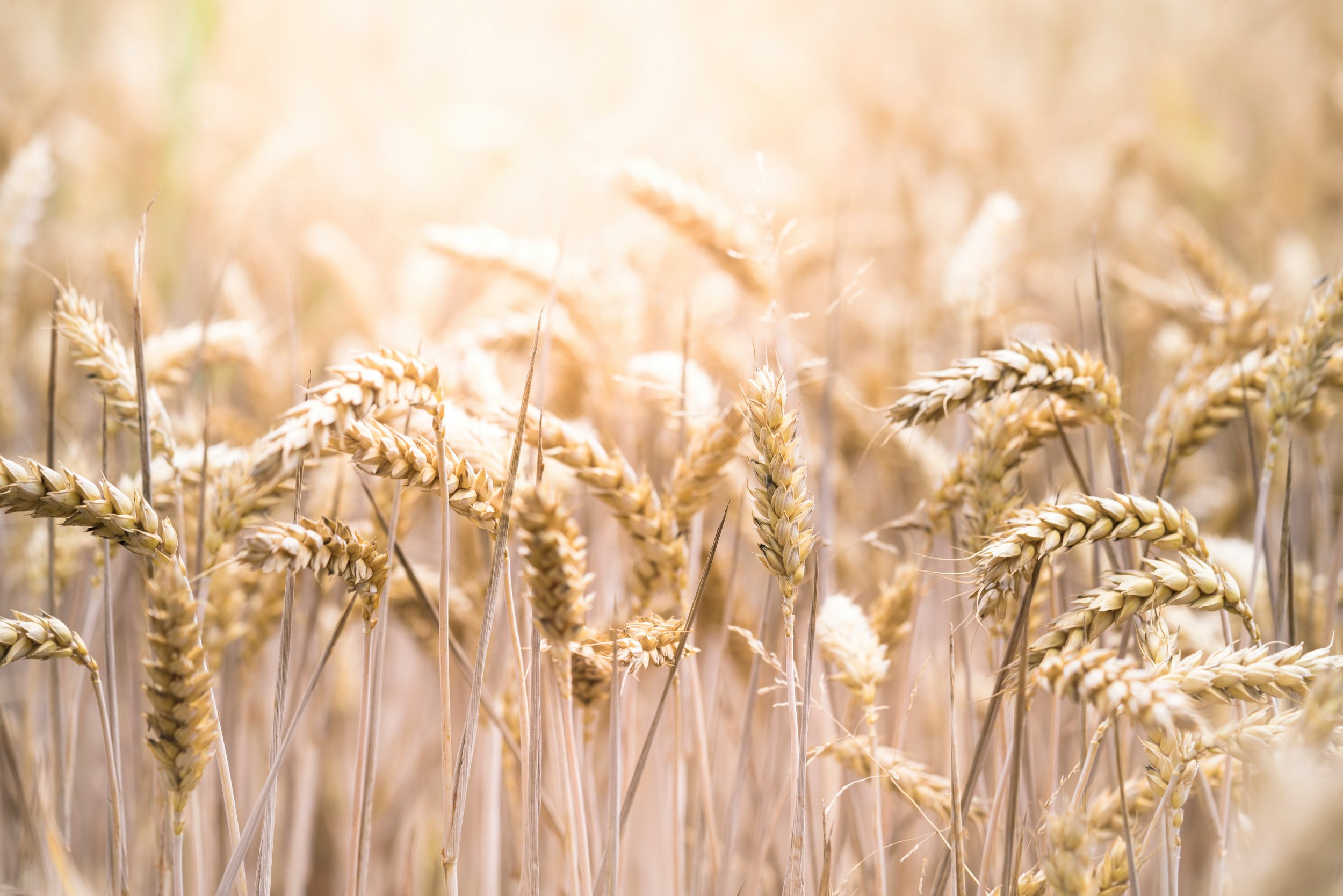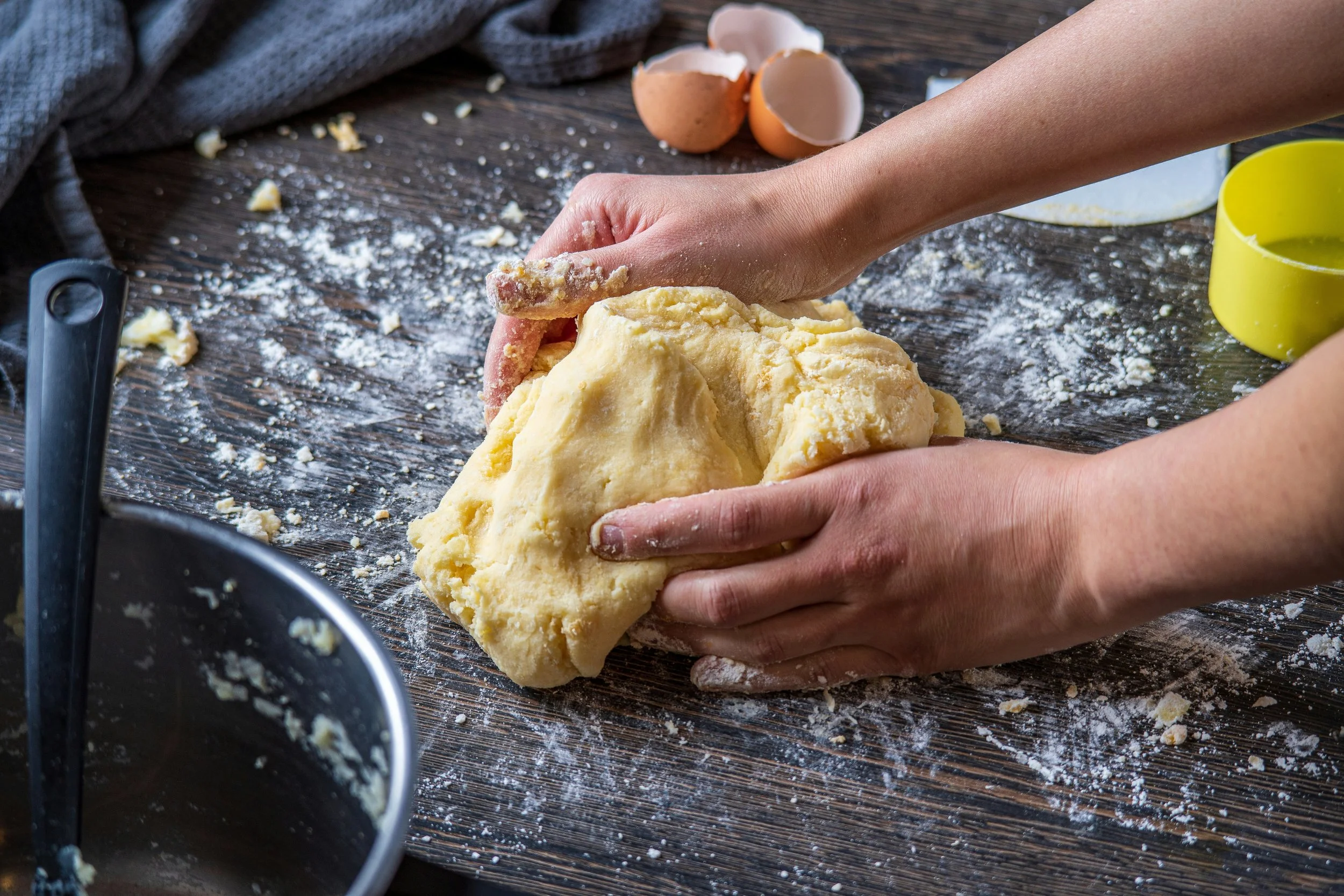What is Gluten
Unraveling the Mystery of Gluten: A Closer Look at its Origins and Presence in our Food
In recent years, gluten has become a buzzword in the world of nutrition, often associated with dietary trends and concerns. But what exactly is gluten, where does it come from, and how does it find its way into our daily meals? Let's delve into the details to demystify the origins of gluten and its journey into our food.
Understanding Gluten
What is Gluten?
At its core, gluten is a complex mixture of proteins found in certain grains. The primary culprits are wheat, barley, and rye. It's what gives dough its elasticity and provides the chewy texture in baked goods.
The Gluten Proteins: Gliadin and Glutenin
The gluten proteins responsible for its unique properties are gliadin and glutenin. Gliadin contributes to the dough's extensibility, while glutenin gives it elasticity. Together, they create the structure and texture we associate with bread and other baked goods.
The Wheat Connection
Wheat as the Main Source of Gluten
Wheat is a staple in many diets globally, and it's a prolific source of gluten. Whether in the form of bread, pasta, or pastries, wheat-based products are prevalent in our daily meals.
How Gluten Forms in Wheat
When water is added to wheat flour, the gluten proteins gliadin and glutenin combine to form gluten. This process is crucial in baking, as it traps carbon dioxide produced by yeast, causing the dough to rise.


